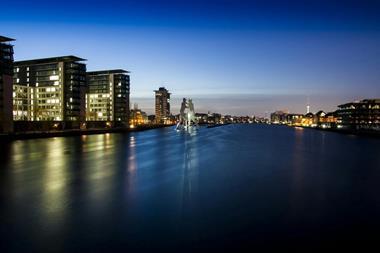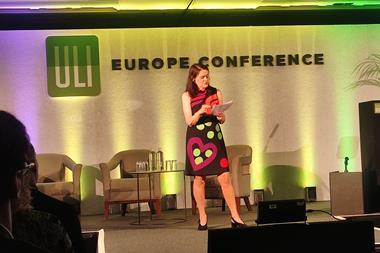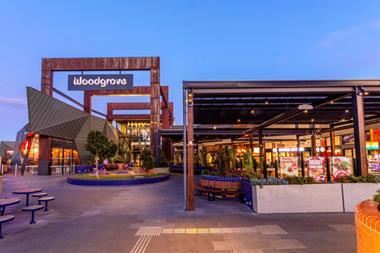The World Green Building Council (WorldGBC) has called for a more closely aligned approach to the sustainability of buildings and infrastructure ahead of next month’s COP26 conference.
The non-profit network of national green building councils has published a report today that argues that an integrated approach to decarbonising the built environment is “essential to deliver change commensurate with the commitments of the Paris Agreement”.
The report, , says infrastructure and buildings share key commonalities and are interdependent in use and so should be considered together as part of a system.
WorldGBC said it was calling for collaboration and alignment among built-environment industries “for all asset types, in all places”.
The industries should collaborate on the development of a framework of principles that are applicable to all asset types, it said. These principles should be adapted and verified at local levels to align with the 1.5C emissions trajectory and the UN’s sustainable development hoals (SDGs).
For the first time, the annual COP26 climate summit will have a day dedicated to cities, regions and the built environment. The UN Environment Programme has recently estimated that the urban built environment alone is responsible for 75% of annual global greenhouse gas (GHG) emissions, with buildings accounting for 37%.
Nigel Topping, UN High Level Climate Champion for COP26, said: “How our towns, cities and countries continue to grow really matters to the global climate crisis. We have to realise that what worked in the built environment and infrastructure sectors in the past will not work in the future.
“The world faces crisis on multiple fronts, which is why we’re putting collaboration in infrastructure and built environment – a sector that contributes 75% of annual global GHG emissions – at the heart of everything we do.
“Only by forging new partnerships and all-party agreements can we overcome the challenges facing our planet and society today.”
Cristina Gamboa, CEO of WorldGBC, said: “In the lead up to the cities, regions and built environment day at COP26, the importance of considering all aspects of the built environment – both the buildings we live in and the infrastructure that supports them – is critical for taking a holistic and systemic approach to climate action and sustainable development.
“If we’re to build a better, brighter future, the infrastructure sector needs to de-link its growth from emissions by embracing a systemic approach which delivers sustainable built environments for everyone, everywhere.
“The Beyond Buildings report sets out a path forward to support the rapid adoption of best-practice sustainability outcomes across the building, construction and infrastructure space. It identifies critical next steps for the deep transformation needed to meet 2030 reduction goals.
“Our green-building network, its partners, members and other organisations advancing sustainable infrastructure and buildings are ready to accelerate this massive transition and ensure a zero-carbon, resilient, healthy and sustainable future.”

















